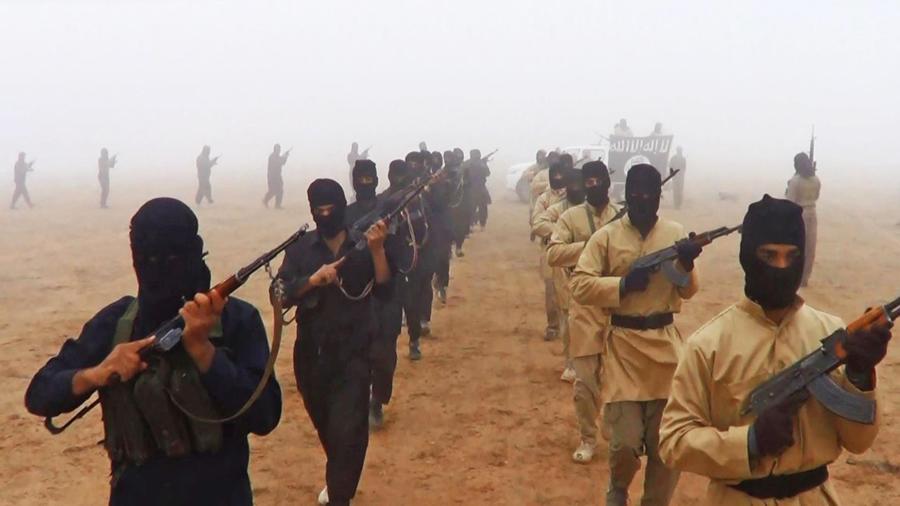The Looming Threat of ISIS: What’s Going On? What Does the Future Hold?
October 21, 2014
The rapid spread of the jihadist militant state ISIS has taken a backseat to the Ebola crisis in world news lately, but this group’s threat has the potential to be just as harmful to the U.S. in the long term. ISIS is the richest terror organization in the world, getting funding from a plethora of sources – including donations from the sympathizing Arab Gulf States of Saudi Arabia, Qatar, and Kuwait, looting from banks and military installations in the areas they conquer, taxing areas that they control (which generates over $8 million per month), smuggling, kidnapping, human trafficking, and overtaking oil rigs. Since America receives a quarter of its oil supply from the Middle East, this practice is especially threatening to America’s economic well-being: if gas prices weren’t taking enough of a toll on the U.S. economy, this surely will, especially as the ISIS constantly expands its territory – which the group is currently doing at an astonishingly fast clip.
The group currently has control of about 50% of Syria and 30% of Iraq, having taken over much of Iraq’s Anbar province in the past several weeks, which has very few military outposts still left standing. In northern Iraq, the group has already taken complete control over the large cities of Mosul, Kirkuk, and Fallujah, and have begun to target Baghdad, Iraq’s capital of seven million, with car bombs and mortar attacks. Whether the group will ever assume complete control over this historic battleground remains to be seen. If ISIS continues to grow at its current pace, the group also has the potential to take control of U.S. allies in the Middle East, including Turkey, Saudi Arabia, Jordan, Afghanistan, Pakistan, Israel, Egypt, Kuwait, Bahrain, Qatar, and Morocco.
The global coalition is responding to the threat with repeated airstrikes, but so far, they’ve seemed to barely even make a dent on ISIS domination of this area of the Middle East. Whether deployment of ground troops to this hostile region – where the U.S. had deployed ground troops for nearly a decade – will ever take place remains to be seen.



